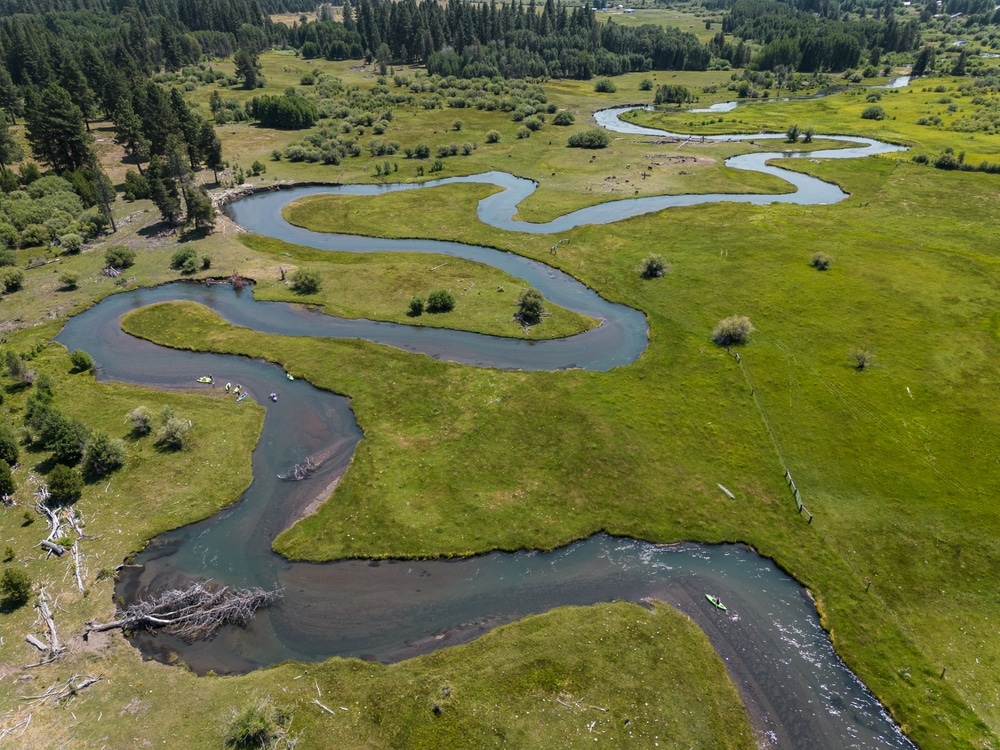As many as hundreds of thousands of fall-run Chinook salmon died early last week due to suspected gas bubble disease. The fish were released into the 257-mile-long Klamath River near the California-Oregon border following November’s historic dam removal at the site, which was intended to help the stream flow freely again and bolster the habitat for the protected species.
Gas bubble disease is noninfectious, and it’s caused by environmental or physical trauma resulting from a change in pressure in spring or groundwater, per the National Library of Medicine.
Officials with the California Department of Fish and Wildlife believe up to 830,000 salmon fry — the young that have just consumed their egg sac and emerged from the gravel where they are born — succumbed to the disease as they migrated through the 16-foot-wide Iron Gate Dam tunnel, where they may have encountered a “severe pressure change.”
The tunnel and the dam itself are considered “old infrastructure” and are among the three others targeted for removal later this year. “The problems associated with the Iron Gate Dam tunnel are temporary and yet another sad reminder of how the Klamath River dams have harmed salmon runs for generations,” a news release from the agency read.
“CDFW will plan all future salmon releases below Iron Gate Dam until this infrastructure is removed. Poor habitat conditions caused by the dams and other circumstances such as this are reasons why CDFW conducts releases of hatchery fish at various life stages.”
Officials determined the likely culprit due to the visual appearance of the dead fry; typically, fish that are afflicted with the disease develop lesions and hemorrhaging of the gills and fins, and may exhibit violent head shaking and abnormal buoyancy that causes them to float to the water’s surface.

















